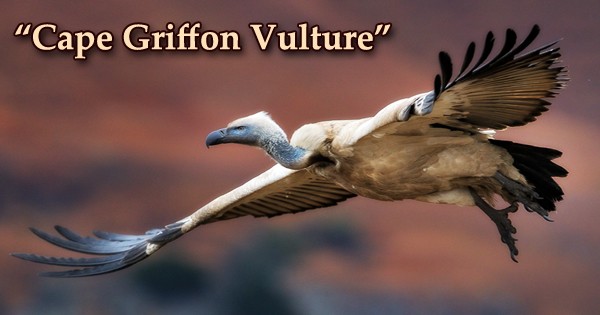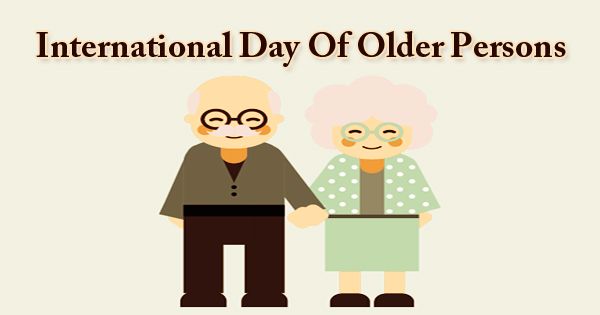Beauty is easy to appreciate but difficult to define. As we look around, we discover beauty in pleasurable objects and sights in nature, in the laughter of children, in the kindness of strangers. But asked to define, we run into difficulties. Does beauty have an independent objective identity? Is it universal, or is it dependent on our sense perceptions? Does it lie in the eye of the beholder? We ask ourselves.
A further difficulty arises when beauty manifests itself not only by its presence, but by its absence as well, as when we are repulsed by ugliness and desire beauty. But then ugliness has as much a place in our lives as beauty, or may be more as when there is widespread hunger and injustice in a society. Philosophers have told us that beauty is an important part of life, but isn’t ugliness a part of life too? And if art has beauty as an important ingredient, can it confine itself only to a projection of beauty? Can art ignore what is not beautiful?
Poets and artists have provided an answer by incorporating both into their work. In doing so, they have often tied beauty to truth and justice, so that what is not beautiful assumes a tolerable proportion as something that represents some truth about lift. John Keats, the romantic poet, wrote in his celebrated ‘Ode on a Grecian Urn’ ‘Beauty is truth, truth beauty,’ by which he means that truth, even if it’s not pleasant, becomes beautiful at a higher level. Similarly, what is beautiful forever remains true. Another meaning, in the context of the Grecian Urn an art object is that truth is a condition of art. Poetry in every language celebrates beauty and truth. So does art.
















